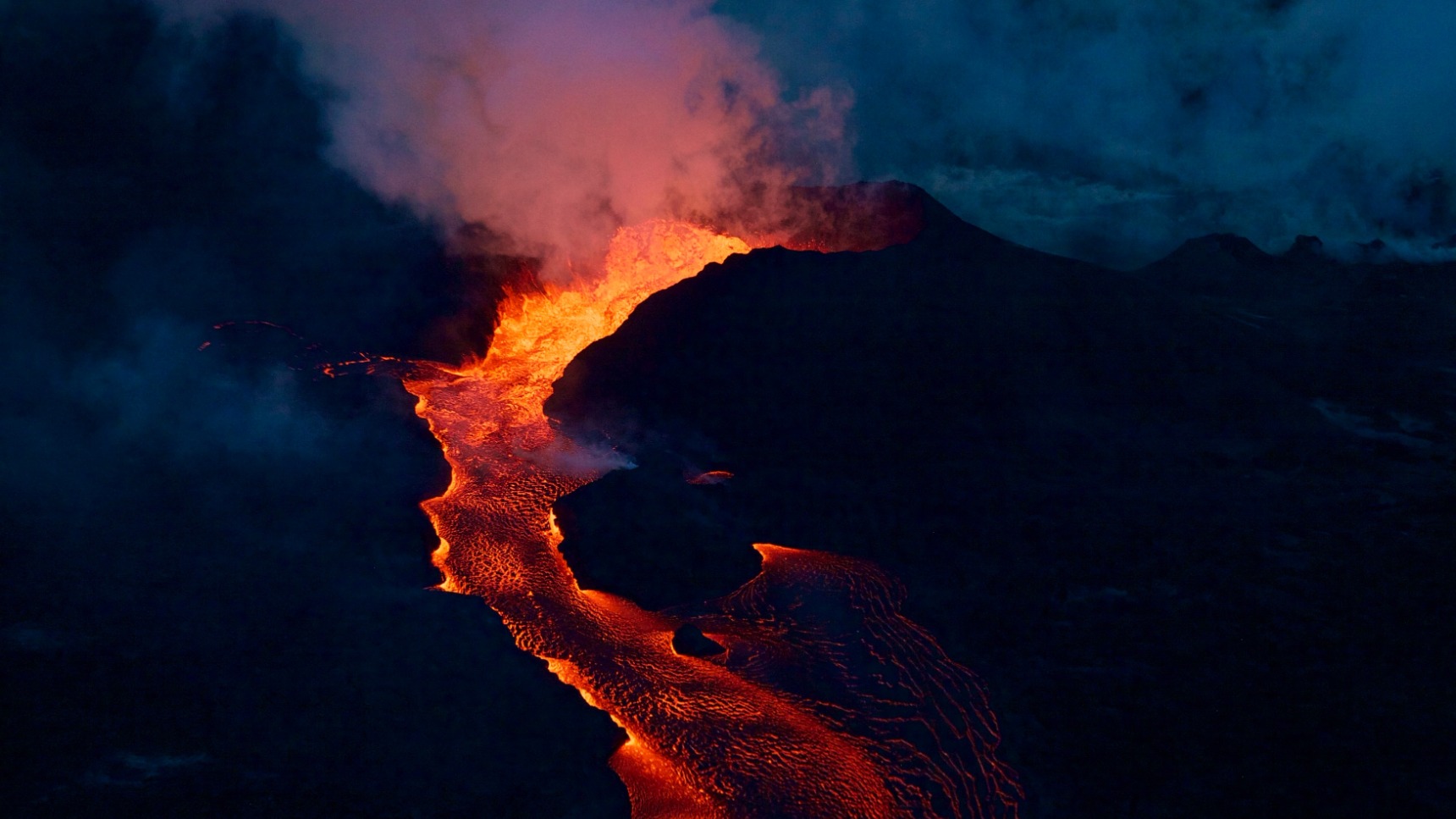Kilauea Volcano Update
An update on the potential volcanic activities of the Kilauea Volcano from a topological angle.
Current Status
Kilauea volcano is not erupting and no active lava has been observed since March 7, 2023. However, slow and steady inflation in the summit region continues while summit seismicity remains elevated. The most recent sulfur dioxide (SO2) emission rate was approximately 135 tonnes per day measured on May 3.

Background Information
Kilauea is one of the world's most active volcanoes. Its last eruption began in September 2021 and lasted for 16 months. Lava supply to the Halemaʻumaʻu lava lake ceased on December 9, 2022, and the eruption paused.
Hazards
High levels of volcanic gas are the primary hazard of concern as this hazard can have far-reaching effects downwind. Large amounts of volcanic gas—primarily water vapor (H2O), carbon dioxide (CO2), and sulfur dioxide (SO2)—are continuously released during eruptions of Kilauea. As SO2 is released from the summit, it reacts in the atmosphere to create the visible haze known as vog (volcanic smog) that has been observed downwind of the volcano.